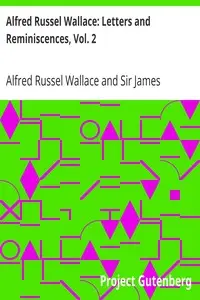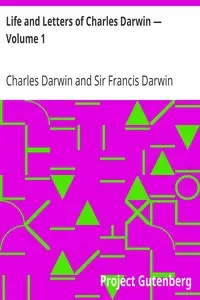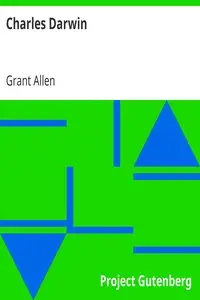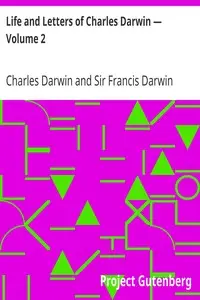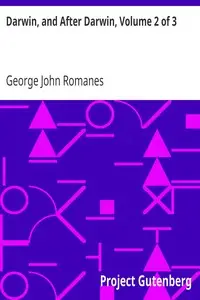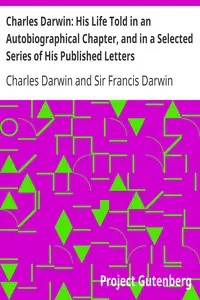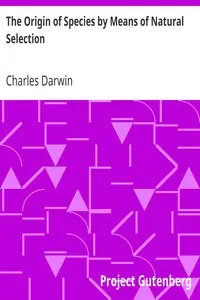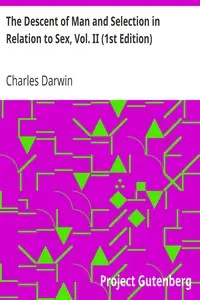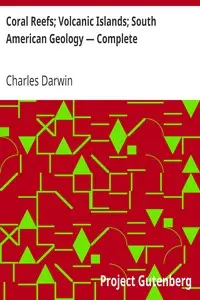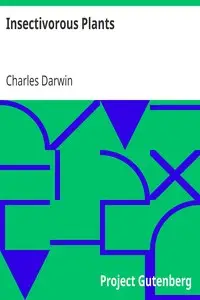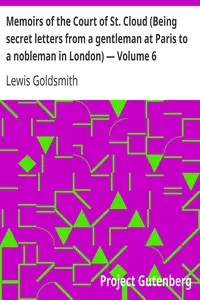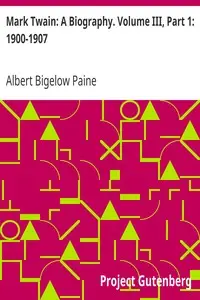"More Letters of Charles Darwin — Volume 2" by Charles Darwin is a collection of unpublished letters that lets readers peek into the mind of one of history’s most influential thinkers. Through his personal correspondence with fellow scientists like Sir Joseph Hooker, Darwin shares his developing ideas about natural history, particularly botany and the distribution of plants and of animals across the globe. The letters follow his careful observations, his analytical takes on existing theories, and his collaborative spirit in building the foundations of evolutionary thought. It captures an era of scientific revolution conveyed through thoughtful exchanges that helped develop modern day evolutionary theory.

More Letters of Charles Darwin — Volume 2 A Record of His Work in a Series of Hitherto Unpublished Letters
By Charles Darwin
Uncover the evolution of revolutionary theories as a brilliant scientist exchanges ideas and meticulously examines the natural world through personal letters.
Summary
About the AuthorCharles Robert Darwin was an English naturalist, geologist, and biologist, widely known for his contributions to evolutionary biology. His proposition that all species of life have descended from a common ancestor is now generally accepted and considered a fundamental scientific concept. In a joint publication with Alfred Russel Wallace, he introduced his scientific theory that this branching pattern of evolution resulted from a process he called natural selection, in which the struggle for existence has a similar effect to the artificial selection involved in selective breeding. Darwin has been described as one of the most influential figures in human history and was honoured by burial in Westminster Abbey.
Charles Robert Darwin was an English naturalist, geologist, and biologist, widely known for his contributions to evolutionary biology. His proposition that all species of life have descended from a common ancestor is now generally accepted and considered a fundamental scientific concept. In a joint publication with Alfred Russel Wallace, he introduced his scientific theory that this branching pattern of evolution resulted from a process he called natural selection, in which the struggle for existence has a similar effect to the artificial selection involved in selective breeding. Darwin has been described as one of the most influential figures in human history and was honoured by burial in Westminster Abbey.

